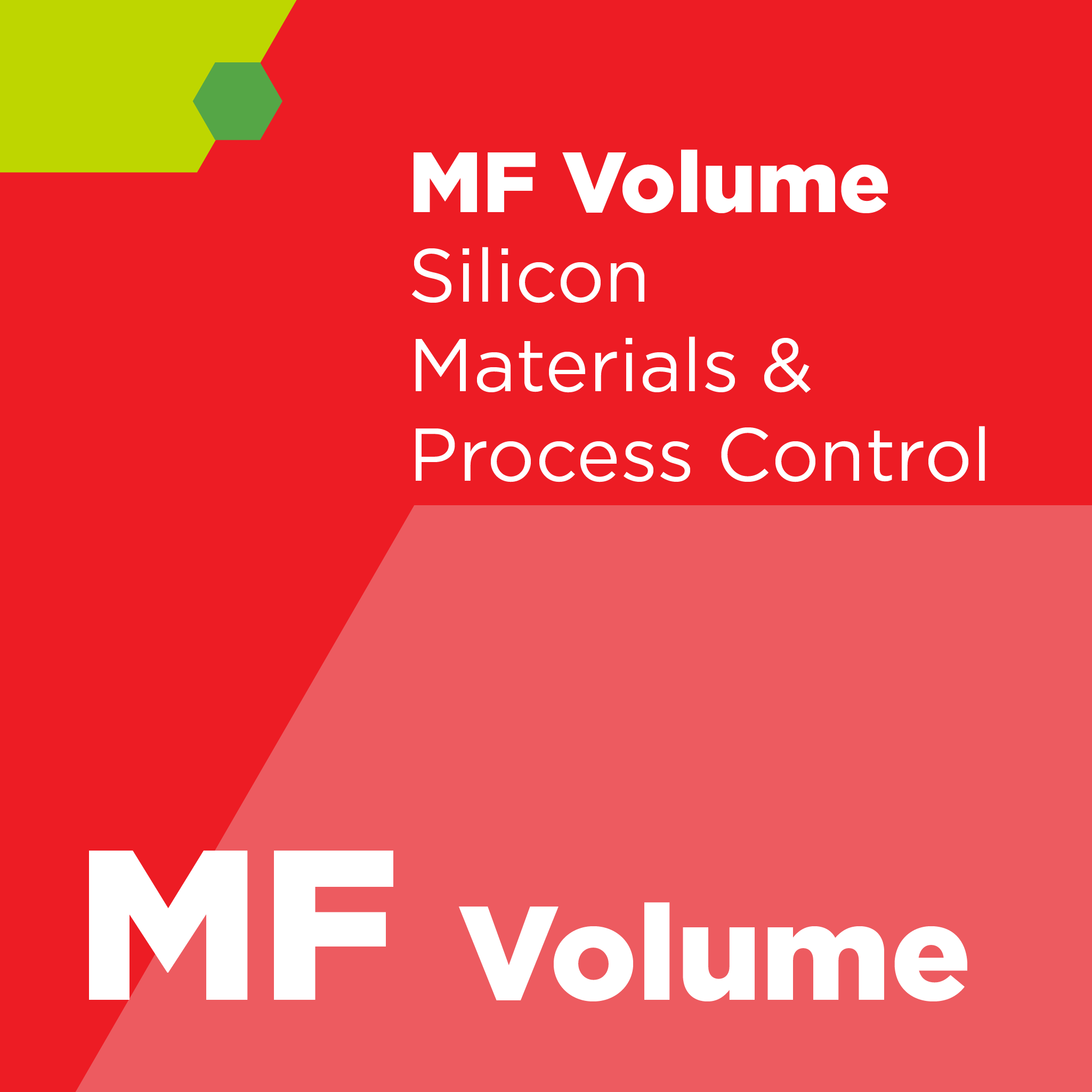
SEMI MF1617 - Test Method for Measuring Surface Sodium, Aluminum, Potassium, and Iron on Silicon and EPI Substrates by Secondary Ion Mass Spectrometry -
Abstract
NOTICE: This Document was reapproved with minor editorial
changes.
Secondary ion mass spectrometry (SIMS) can measure on
polished silicon wafer product the following:
- the sodium and potassium areal densities that can affect voltage flatband shifts in integrated circuits, and,
- the aluminum areal density that can affect the thermal oxide growth rate.
- the iron areal density that can affect gate oxide integrity, minority carrier lifetime, and current leakage.
The SIMS measurement facilitates the production of silicon
wafers with upper control limits on sodium, potassium, aluminum, and iron areal
densities.
This Test Method can be used for monitoring a mirror-polished
wafer cleaning process, for research and development, and for materials
acceptance purposes.
This Test Method can provide spatial information for these
metal contaminants, including near-edge substrate contamination levels.
This Test Method is especially useful for determining the
surface metal areal densities in the native oxide or chemically grown oxide of
polished silicon substrates after cleaning.
This Test Method covers the determination of total sodium,
aluminum, potassium, and iron on the surface of mirror-polished single crystal
silicon and silicon epi substrates using SIMS. This Test Method measures the
total amount of each metal, because this Test Method is independent of the
metal's chemistry or electrical activity.
This Test Method can be used for silicon with all dopant
species and dopant concentrations.
This Test Method is especially designed to be used for
surface metal contamination that is located within approximately 5 nm of the
surface of the wafer.
This Test Method is useful for sodium, aluminum, potassium,
and iron areal densities between 109 and 1014 atoms/cm2. The limit of detection
is determined by either the BLANK value or by count rate limitations, and may
vary with instrumentation.
This Test Method is complementary to:
Total reflection X-ray fluorescence (TXRF), that can detect
higher atomic number Z, surface metals such as iron, but does not have useful
(<1011 atoms/cm2) detection limits for sodium, potassium, and aluminum on
silicon.
Vapor phase decomposition (VPD) of surface metals followed
by atomic absorption spectroscopy (AAS) or inductively coupled plasma mass
spectrometry (ICP-MS) of the VPD residue, where the metal detection limits are
108 to 1010 atoms/cm2. There is no spatial information available and the VPD
pre-concentration of metals is dependent upon the chemistry of each metal.
Referenced SEMI Standards (purchase separately)
None.
Revision History
SEMI MF1617-0304 (Reapproved 0322)
SEMI MF1617-0304 (Reapproved 0416)
SEMI MF1617-0304 (Reapproved 0710)
SEMI MF1617-0304 (technical revision)
SEMI MF1617-98 (Reapproved 2002) (first SEMI publication)
 |
Interested in purchasing additional SEMI Standards? Consider SEMIViews, an online portal with access to over 1000 Standards. |
Refund Policy: Due to the nature of our products, SEMI has a no refund/no exchange policy. Please make sure that you have reviewed your order prior to finalizing your purchase. All sales are final.

This product has no reviews yet.